The temple contained the bodies of three adults and may have been the site of human sacrifices.
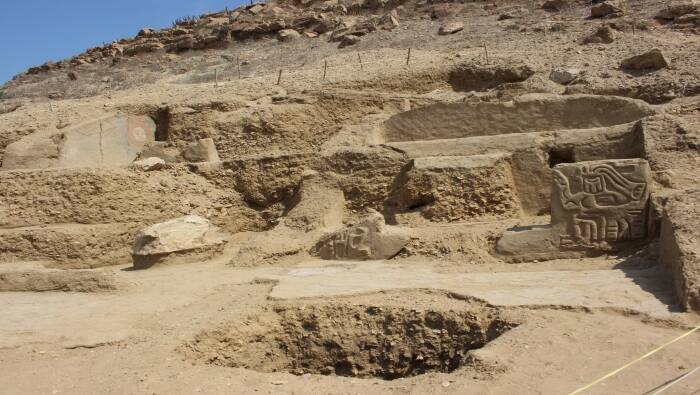
DDC LambayequeThe temple is near the coast and about 500 miles north of Lima.
Beneath a sand dune near Zaña, Peru, archaeologists have unearthed the ruins of a stunning ancient temple — and it could be 5,000 years old. The mud structure contains impressive friezes and several human remains.
And the temple was just one exciting discovery that archaeologists made in the region during their excavations.
The Temple Under The Sand Dune
According to a press release from Peru’s Ministry of Culture, excavations in the Úcupe-Zaña Valley, about 30 miles from the city of Chiclayo, began on June 3. Before long, they yielded astonishing results.
Under a sand dune, archaeologists came across the remains of a stunningly well-preserved temple “belonging to the formative period that would be approximately five thousand years old.”
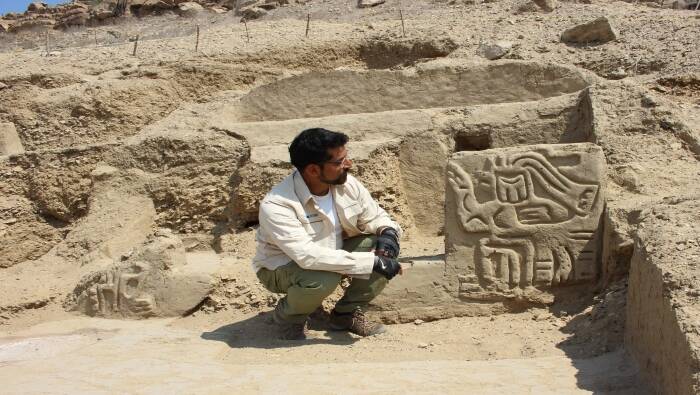
DDC LambayequeThe temple included detailed engravings like this one.
“We are probably looking at a five-thousand-year-old religious complex that is an architectural space defined by walls built of mud,” Dr. Luis Armando Muro Ynoñán of Peru’s Pontifical Catholic University, who led the excavation, explained. “We have what would have been a central staircase from which one would ascend to a kind of stage in the central part.”
Archaeologists believe that the structure, which predates Peru’s celebrated Machu Picchu by thousands of years, was once the site of “special ceremonies.” It’s decorated with elaborate friezes depicting “anthropomorphic images,” including one that features a “human body with a bird’s head, feline images, and reptile claws.”
Chillingly, archaeologists also found the remains of three adults within the temple. According to Reuters, one was wrapped in linens and accompanied by offerings. This could suggest that the site was once used by ancient people to conduct human sacrifices.
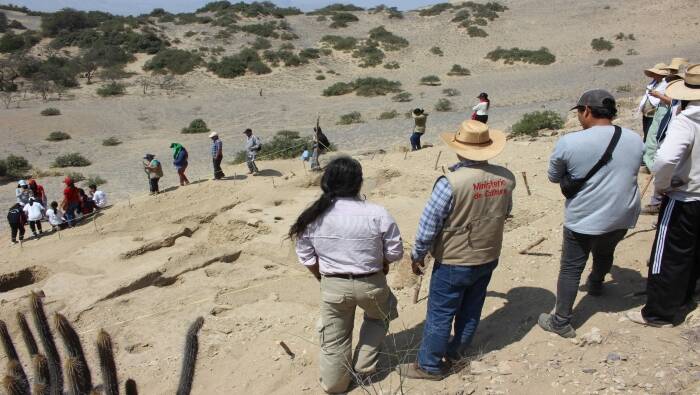
DDC LambayequeArchaeologists at the site of the 5,000-year-old temple.
But the 5,000-year-old temple wasn’t the only thing that archaeologists discovered during excavations in the area.
Other Archaeological Discoveries Nearby
In addition to the 5,000-year-old temple, archaeologists also uncovered a more recent temple during their excavations. Dating to between 600 and 700 C.E., the structure contains ceremonial architecture and is probably linked to the Moche culture, which developed some 1,400 years ago.
“The monument has buttresses and bases of a large stepped platform,” the press release explains.
As in the older temple, archaeologists also found human remains. This time, they came across the body of a child between the ages of five and six, who was apparently buried at the site during “a later period.”
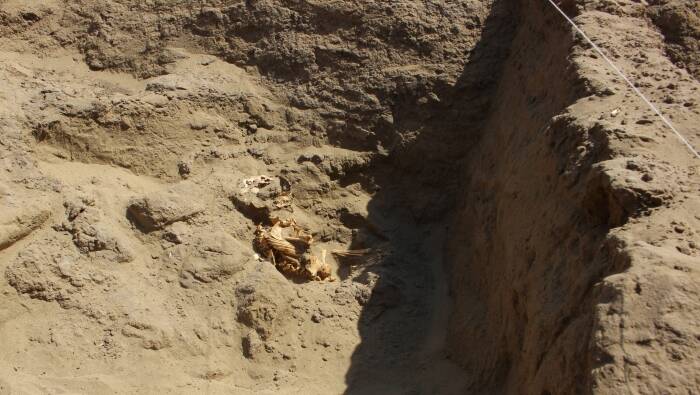
DDC LambayequeExcavations at the site turned up two temples, both of which contained human remains.
Though little is known about the civilization that created the first, older temple, researchers know more about the Moche people. Sophisticated and entrepreneurial, they were known for building large temples, crafting fine works of art, and for their use of canals, reservoirs, and aqueducts.
The Moche people were also known to practice human sacrifice. They worshiped gods like Al Paec, the creator or sky god, Si the moon goddess, and a half-man, half-jaguar god known as “Decapitator.”
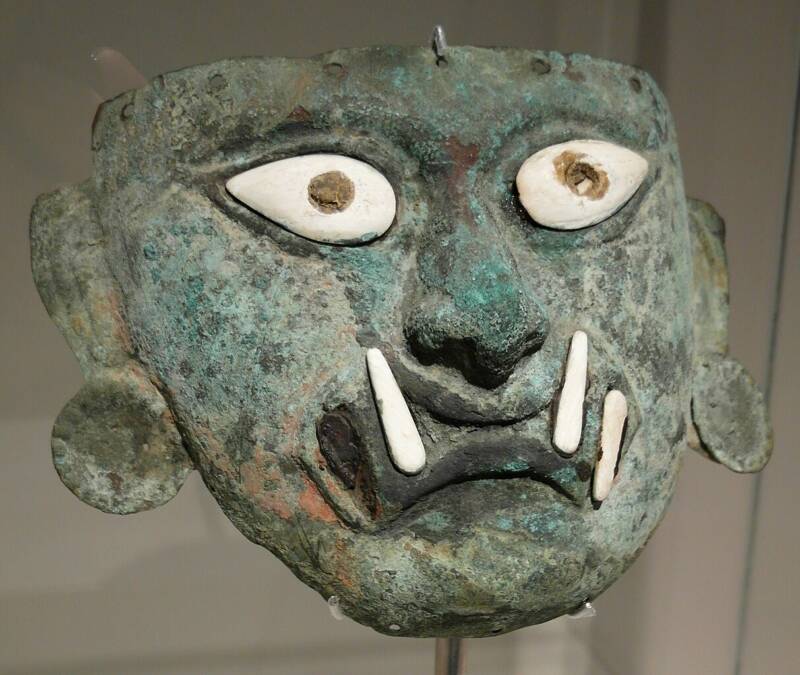
Rowanwindwhistler/Wikimedia CommonsA fearsome mask created by the Moche people.
To appease Al Paec, the Moche frequently offered sacrifices of both prisoners of war and their own civilians. Archaeologists have found evidence of dozens of human sacrifices in which young men were apparently mutilated and thrown from the top of a pyramid.
But for now, many questions about both sites remain. How were these temples used? What role did they play in the larger society? Perhaps ongoing excavations at the site will yield some answers.
After reading about the 5,000-year-old temple found in Peru under a sand dune, discover the story of Vinicunca, Peru’s “Mountain of Seven Colors.” Or, go inside the mystery of Peru’s ancient Nazca Lines.





